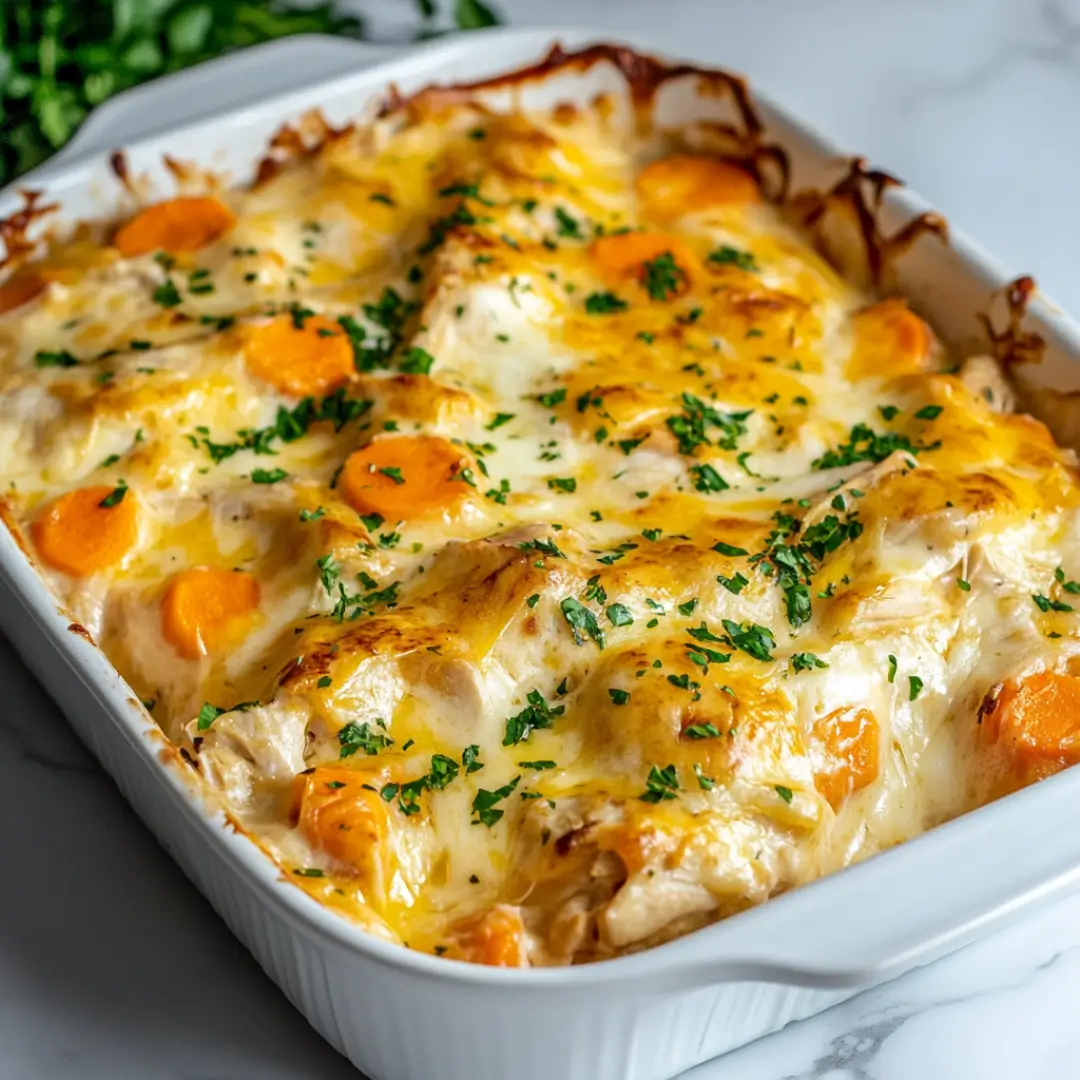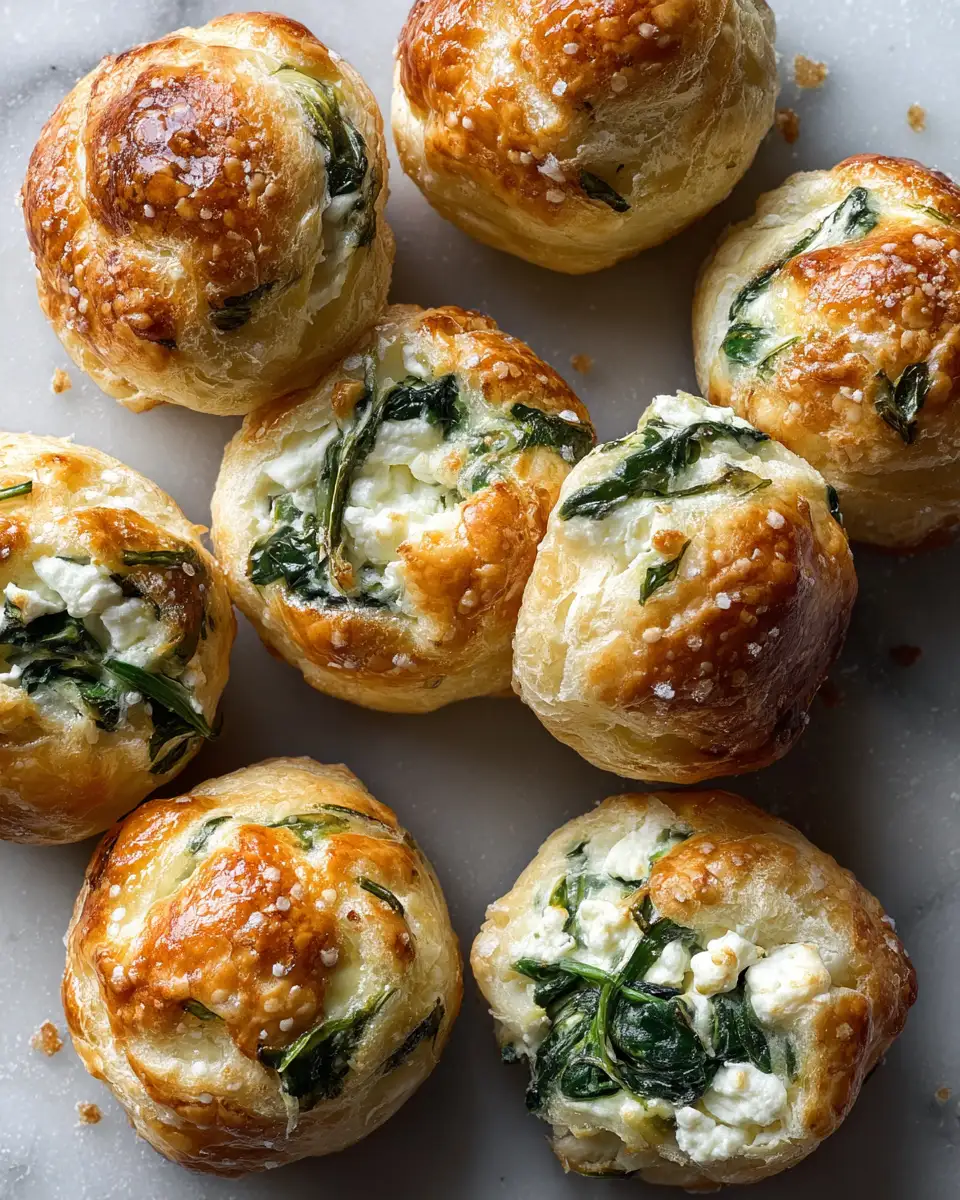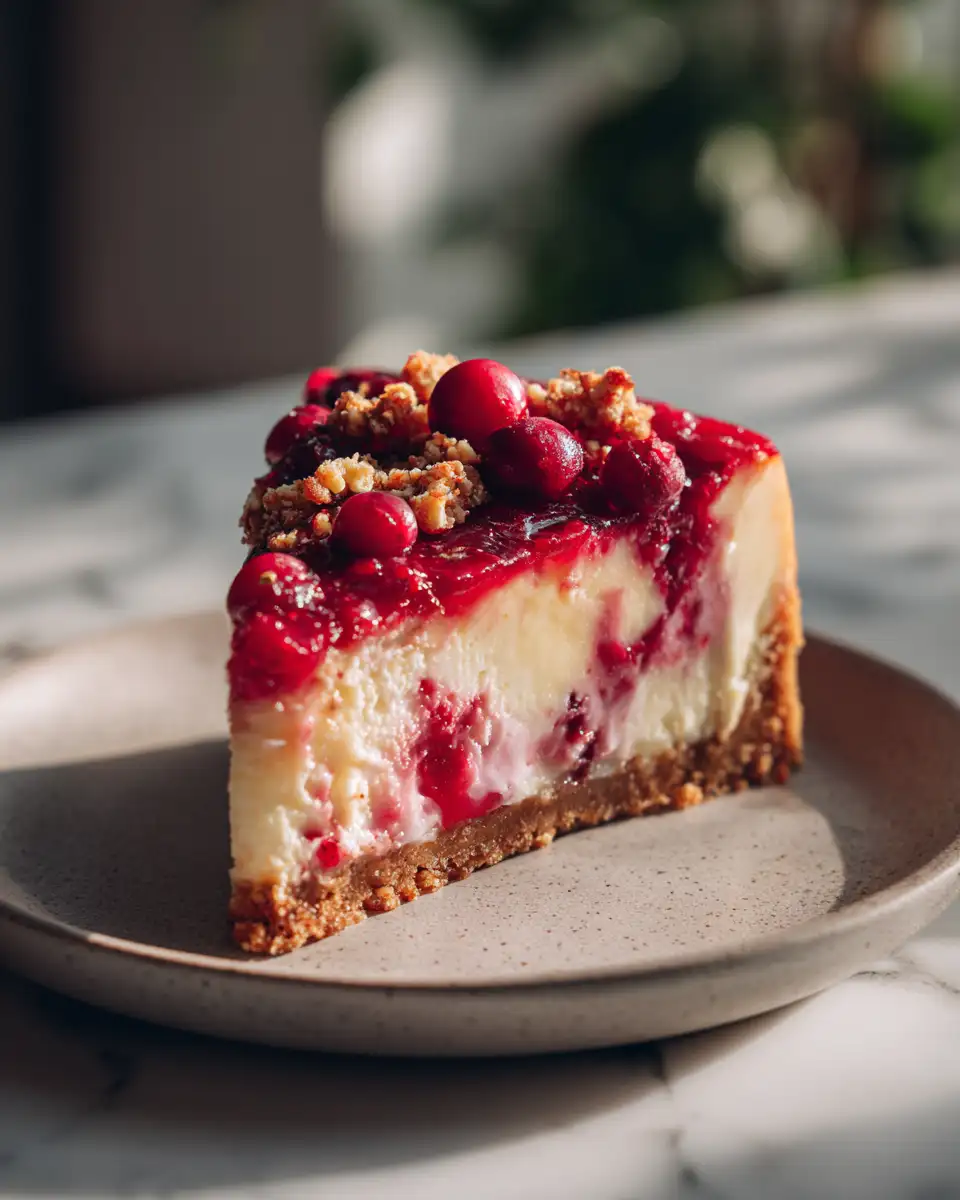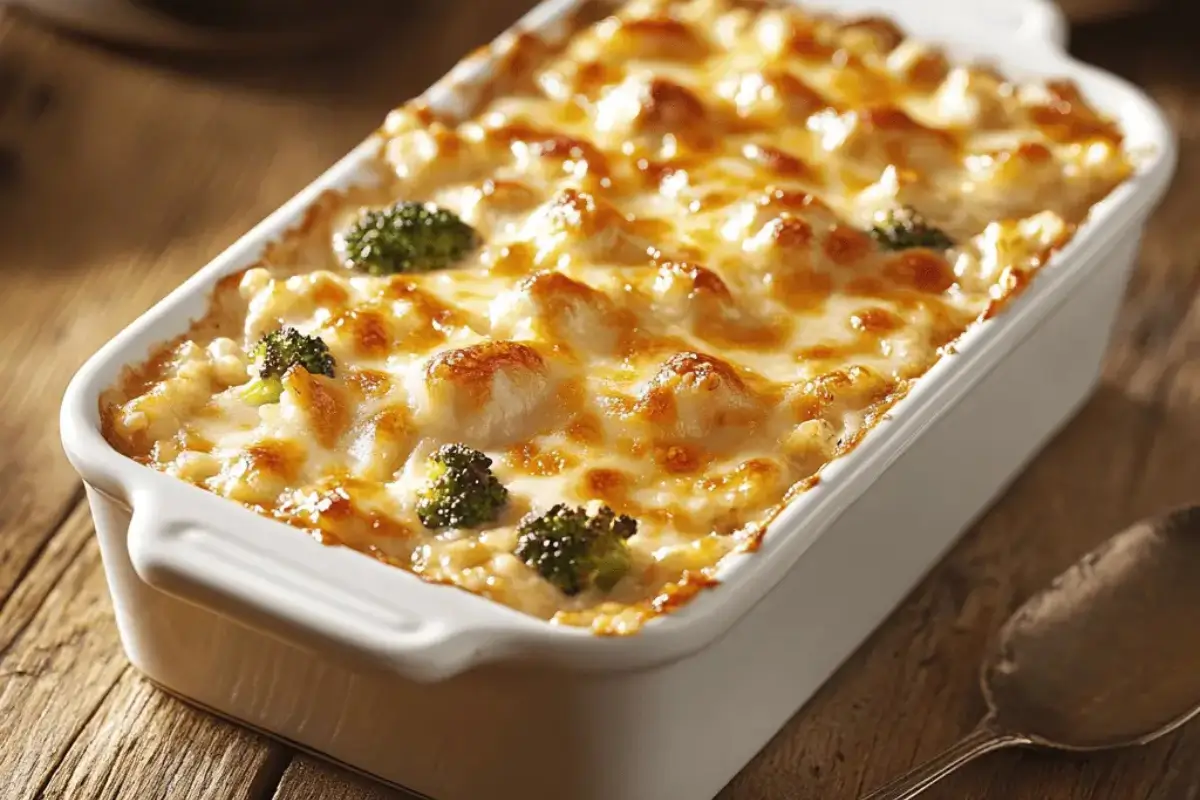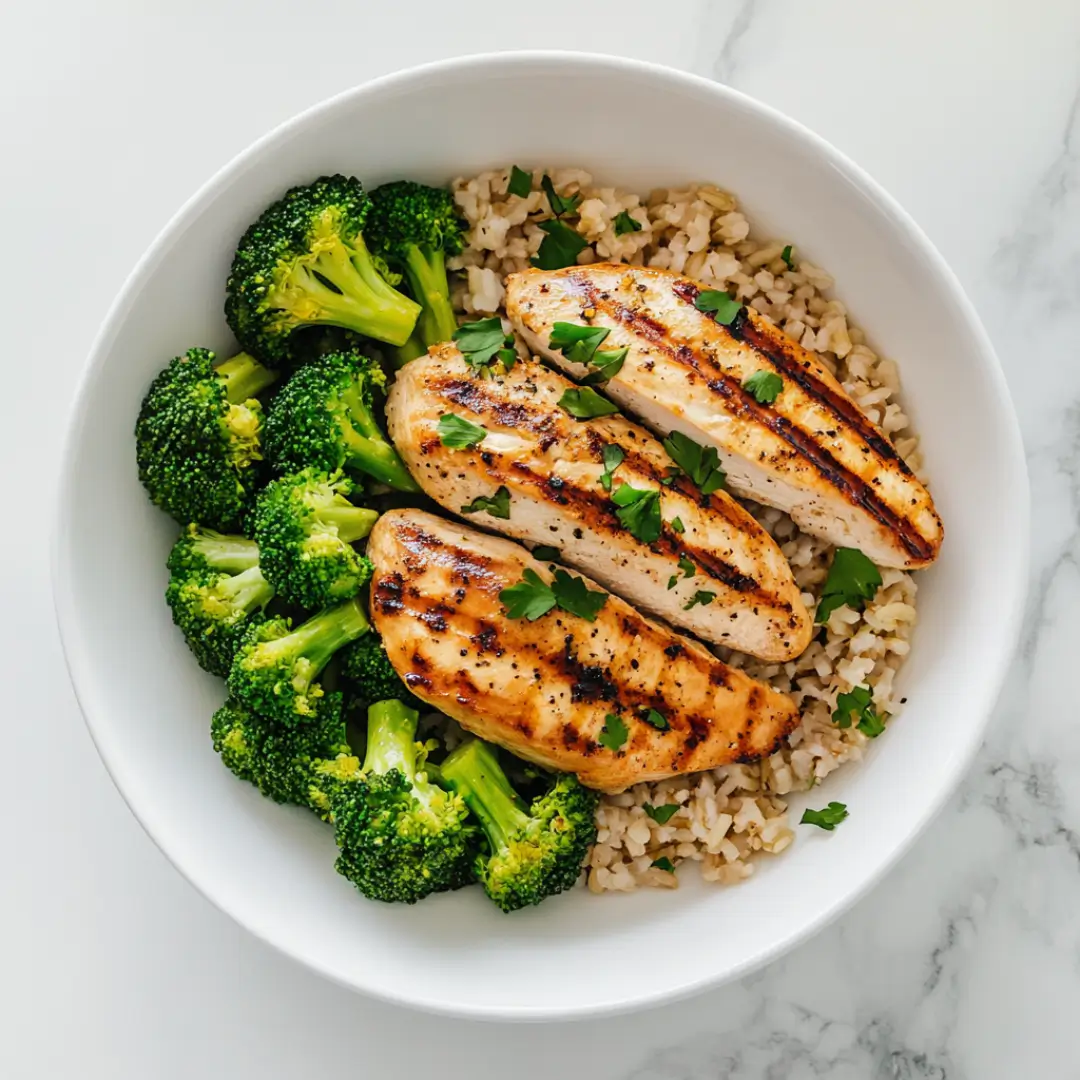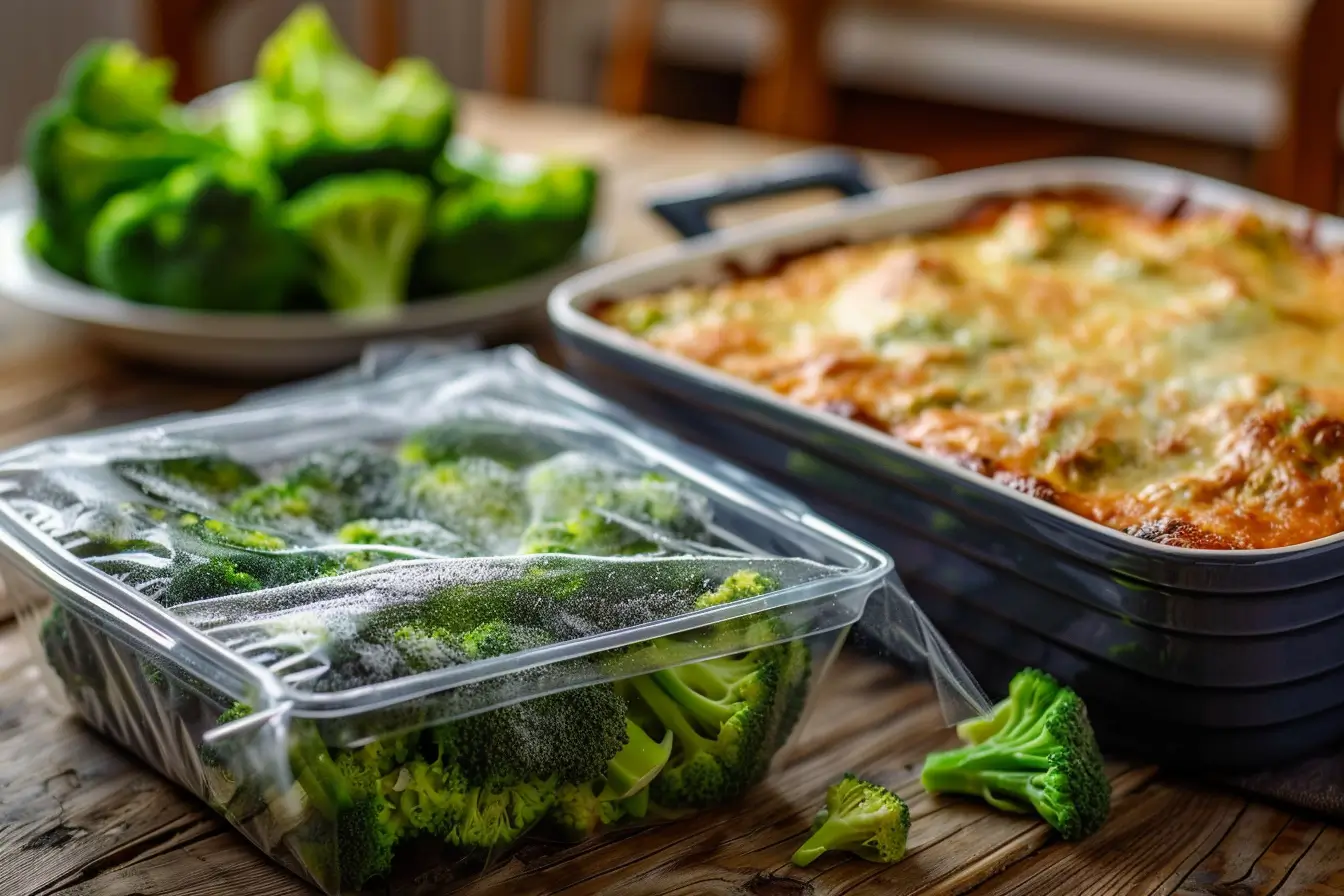Alright, let’s cut to the chase: can you toss raw chicken straight into a casserole and call it a day? Or are you signing up for a food safety disaster?
If you’ve ever stood in your kitchen staring at that uncooked chicken breast, wondering if the oven will do all the work, you’re not alone. I’ve been there. And trust me—my inner Mama Lou voice was not quiet the first time I tried it.
So let’s break it down once and for all: Is it safe? Is it tasty? Is it even worth it?
Table of Contents
First Things First: Is It Safe to Put Raw Chicken in a Casserole?
Yes. Totally safe.
If—and only if—you cook it properly.
The golden rule?
The internal temp of the chicken must hit 165°F (75°C).
Not “it looks done” or “it’s been in there a while.” Use a meat thermometer. Seriously. No one wants to relive that family dinner where everyone got suspiciously quiet afterward.
Why Would Anyone Use Raw Chicken, Anyway?
Honestly? It saves time and dishes.
Here’s the real talk:
- No skillet mess.
- No extra cooking step.
- Fewer pans = less cleanup = happy you.
I mean, when you’re juggling a weeknight dinner between work emails and kids asking what’s for dessert, this shortcut feels like a tiny victory.
But Wait—Will It Actually Taste Good?
Great question. The answer? It depends.
When done right:
- The juices from the raw chicken mix into the sauce. Hello, flavor bomb!
- Everything cooks together, making the dish super moist and cohesive.
When done wrong:
- Undercooked chicken (ew).
- Overcooked mushy everything else (also ew).
So yeah, it’s a balance. The key is cutting the chicken into small, evenly sized pieces and making sure your casserole’s bake time is long enough for everything to cook through—usually 30–45 minutes at 375–400°F.
Raw vs. Cooked Chicken: Which Should You Use?
Let’s compare like grownups, shall we?
| Raw Chicken | Cooked Chicken | |
|---|---|---|
| Prep Time | Faster (no pre-cooking) | Longer (have to cook it first) |
| Texture | Juicier if baked correctly | Risk of drying out |
| Flavor | Richer, seeps into the sauce | Milder, sometimes flat |
| Safety | Must be handled carefully | Less risk once pre-cooked |
Bottom line:
- Use raw chicken when you’re baking long enough (and the oven’s hot enough).
- Use cooked chicken if your casserole is more of a warm-and-serve situation.
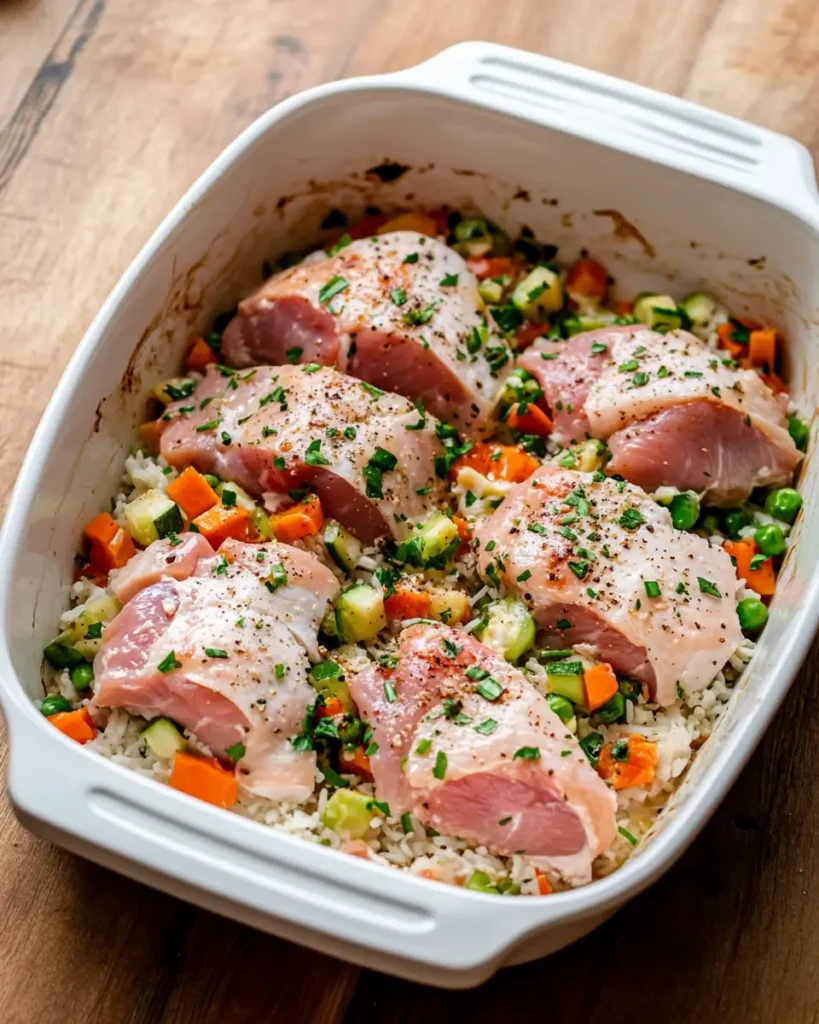
A Few Real-Life Tips from My Kitchen
These little tricks have saved my casseroles more times than I can count:
- Go boneless, skinless. Bone-in takes forever, and skin turns weird in a bake.
- Chop evenly. Uneven chunks = some undercooked, some dry.
- Watch your liquids. Raw chicken releases juices—adjust your sauce so it doesn’t turn into soup (unless that’s the goal).
- Check doneness in the thickest piece. Always.
Also: if your casserole includes rice or pasta, double-check the recipe. Some starchy ingredients love those chicken juices, others… not so much.
So, Should You Do It?
Here’s the truth:
You absolutely can put raw chicken in your casserole.
Just don’t get lazy with it.
Handle your chicken with care, use a meat thermometer, and don’t try to rush the oven gods. Trust me, they don’t play.
Final Thoughts and a Little Mama Lou Wisdom
If Mama Lou were here, she’d probably side-eye us both and say, “Just cook it with love and don’t poison anyone, baby.”
And she’d be right.
So yes—skip the skillet, toss that raw chicken into your favorite casserole, and let your oven do the heavy lifting. Just do it smart, do it safe, and do it with some heart.
What’s your go-to casserole shortcut? Or did raw chicken ever come back to bite you? Spill the tea in the comments. I won’t judge.
Want more comfort food tips straight from our messy, memory-filled kitchen?
Come hang with us at NotesRecipes.com—where the oven’s always on and there’s always room for one more at the table.


